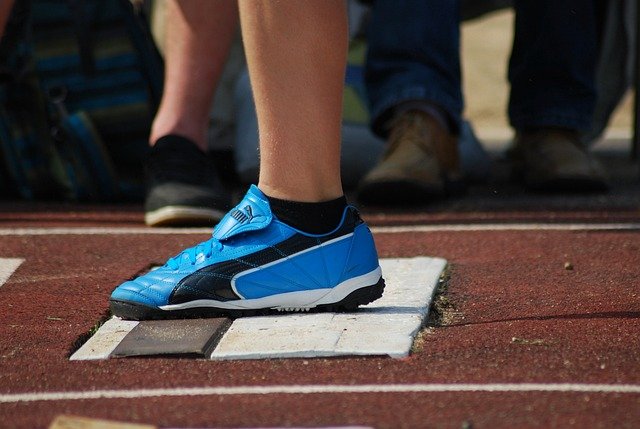Sneakers: Practical Guidance on Fit, Support, and Daily Use
Finding the right pair of sneakers blends function, fit, and personal style. Whether you walk, commute, or stand for long periods, a well-chosen pair of sneakers can reduce fatigue, protect feet, and complement everyday outfits. This article explains how sneakers work, what to look for in arch support and comfort, and practical tips for choosing and caring for shoes as daily footwear.

Do sneakers offer arch support?
Sneakers vary widely in arch support. Some designs include contoured midsoles or built-in arch profiles that help distribute pressure along the foot, while minimalist or fashion-focused sneakers often provide minimal support. Key features that influence arch support are midsole density, the presence of a molded insole, and whether the shoe has a removable footbed that accepts custom orthotics. If you have flat feet, high arches, or a diagnosed condition, check manufacturer specifications and try shoes on with any orthotic inserts you plan to use. Proper arch support is as much about matching the shoe to your foot shape as it is about label claims.
This article is for informational purposes only and should not be considered medical advice. Please consult a qualified healthcare professional for personalized guidance and treatment.
Which sneakers suit everyday wear?
For everyday wear, prioritize balanced cushioning, breathability, and moderate weight. Look for breathable uppers (mesh or engineered knit), a supportive heel counter, and a midsole that cushions impact without feeling unstable. Durability in the outsole material and a flexible forefoot help with walking and short runs. Neutral colorways and simple silhouettes increase versatility with casual and semi-casual outfits. Consider the typical surfaces you walk on—urban pavements, trails, or gym floors—because outsole tread patterns and compounds perform differently across terrains. Comfort that lasts through commute and work shifts is a reliable indicator of a good everyday sneaker.
How do sneakers differ from shoes?
The term shoes covers a broad range of footwear, while sneakers are a subset typically engineered for flexibility, cushioning, and casual or athletic use. Sneakers usually have rubber soles, flexible foreparts, and breathable uppers; dress shoes focus on structure, leather or synthetic uppers, and formal aesthetics. Construction differences include foam midsoles, visible cushioning technologies, and stitchless overlays in sneakers versus stitched leather panels and rigid lasts in dress or formal shoes. These distinctions affect comfort, maintenance, and appropriate settings for wear. Selecting between sneakers and other shoes depends on desired function—performance, formal appearance, or everyday comfort.
What role does footwear play in comfort?
Footwear is the interface between your body and the ground; its design directly impacts posture, gait, and pressure distribution. Proper fit prevents blisters and hot spots, while adequate cushioning reduces impact forces on joints. Heel-to-toe drop, sole stiffness, and arch accommodation influence how your foot moves and how muscles engage. Lighter shoes reduce energy cost for long walks, but overly thin soles can increase strain if you need more shock absorption. Changing socks, rotating pairs, and replacing worn midsoles when cushioning degrades are practical ways to maintain comfort over time.
How to choose sneakers for daily use?
Begin by measuring both feet at the end of the day when feet are slightly swollen; buy for the larger foot. Ensure about a thumb’s width of toe room, secure heel fit, and no pinching across the midfoot. Test the sneaker for stability during short walks and, if possible, on the surface you’ll use most. Check whether insoles are removable if you use custom orthotics. Consider material breathability, outsole durability, and whether local services such as specialty shoe stores in your area offer gait analysis or fitting assistance. Finally, factor in maintenance—some materials resist stains and moisture better than others, extending the usable life of the footwear.
Conclusion
Selecting sneakers is a practical process that balances anatomical needs, daily activities, and personal style. Evaluate arch support and midsole construction relative to your foot shape, prioritize breathable materials and durable outsoles for everyday wear, and recognize differences between sneakers and other types of shoes to choose appropriately for each situation. Regularly reassess fit as cushioning compresses over time, and use removable insoles or orthotics when prescribed. Thoughtful selection and upkeep of your footwear can improve comfort, reduce injury risk, and make daily movement easier.






